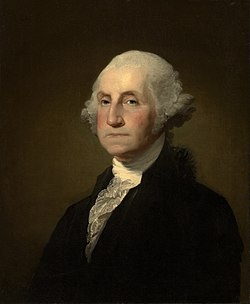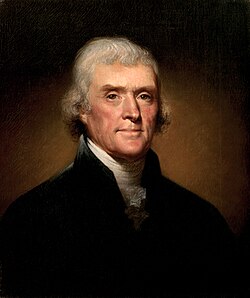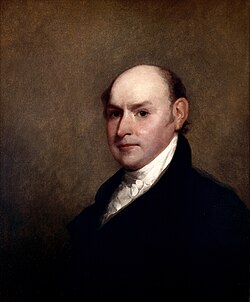




The Treaty of Amity and Commerce between the Kingdom of Prussia and the United States of America (September 10, 1785) was a treaty negotiated by Count Karl-Wilhelm Finck von Finckenstein, Prussian Prime Minister, and Thomas Jefferson, United States Ambassador to France, and signed by Frederick the Great and George Washington. The treaty officially established commercial relations between the Kingdom of Prussia and the United States of America and was the first one signed by a European power with the United States after the American Revolutionary War. The Kingdom of Prussia became therefore one of the first nations to officially recognize the young American Republic after the Revolution. The first nation to recognize the US was Sweden, who during the Revolution signed a Treaty of Amity and Commerce.
Contents
The Treaty was signed to promote free trade and commerce and became a benchmark for subsequent free trade agreements and treaties. In addition, the Treaty demanded the unconditionally humane custody for war prisoners, a novelty at the time.
The Treaty was renewed in 1799 after negotiations with United States Ambassador to Prussia John Quincy Adams (1797 -1801).